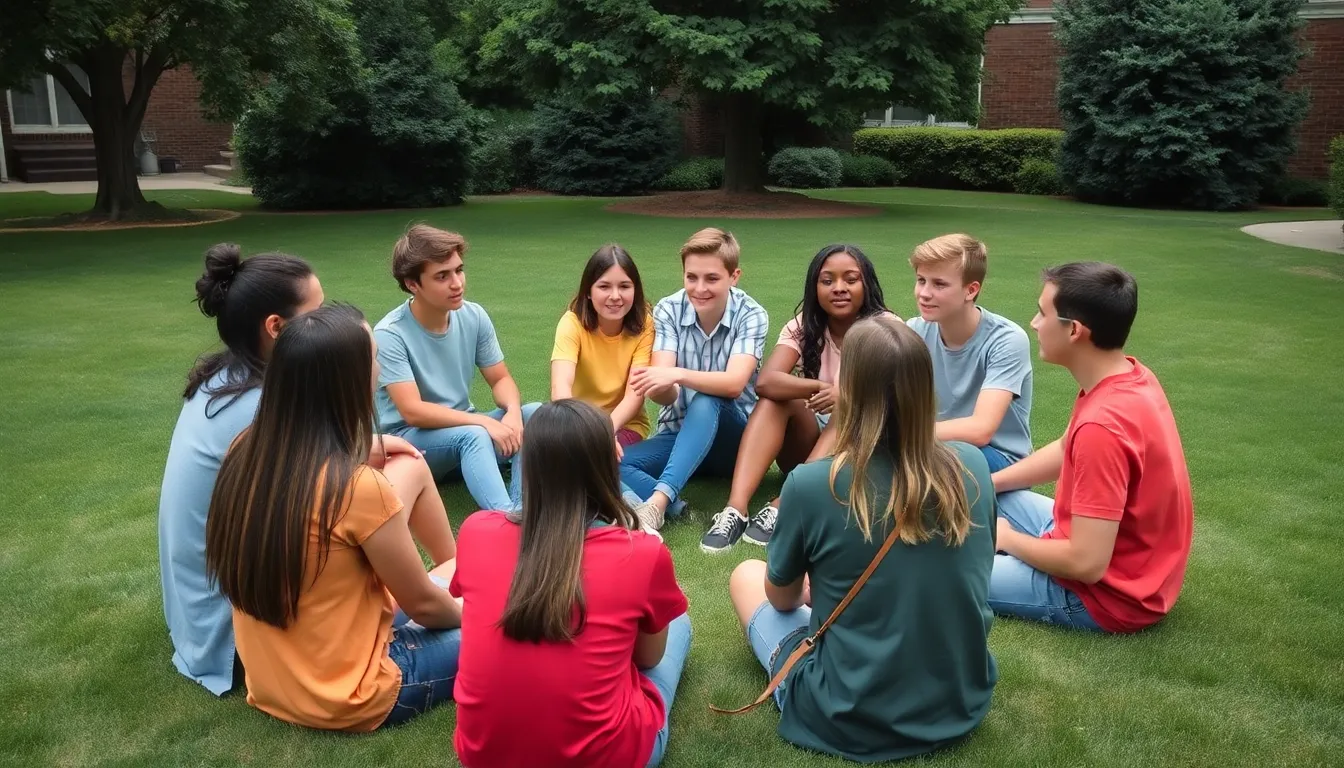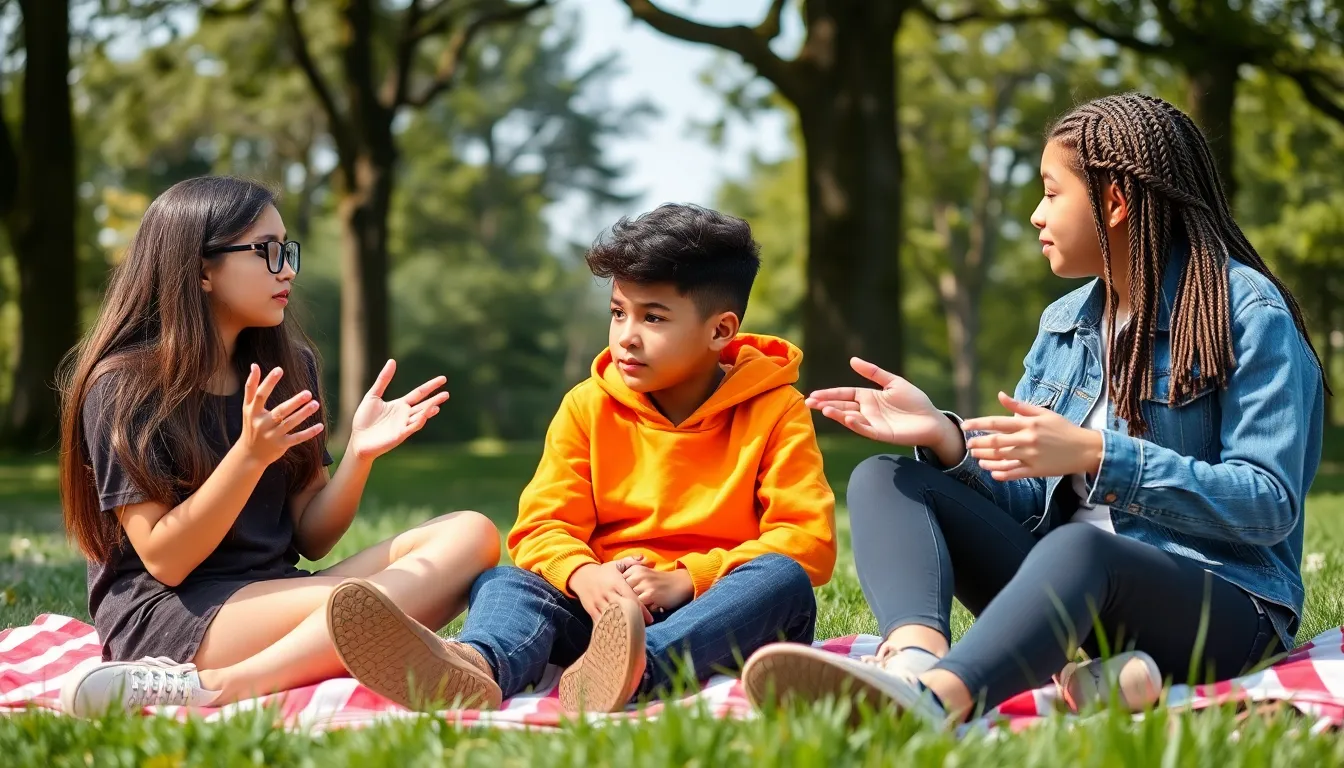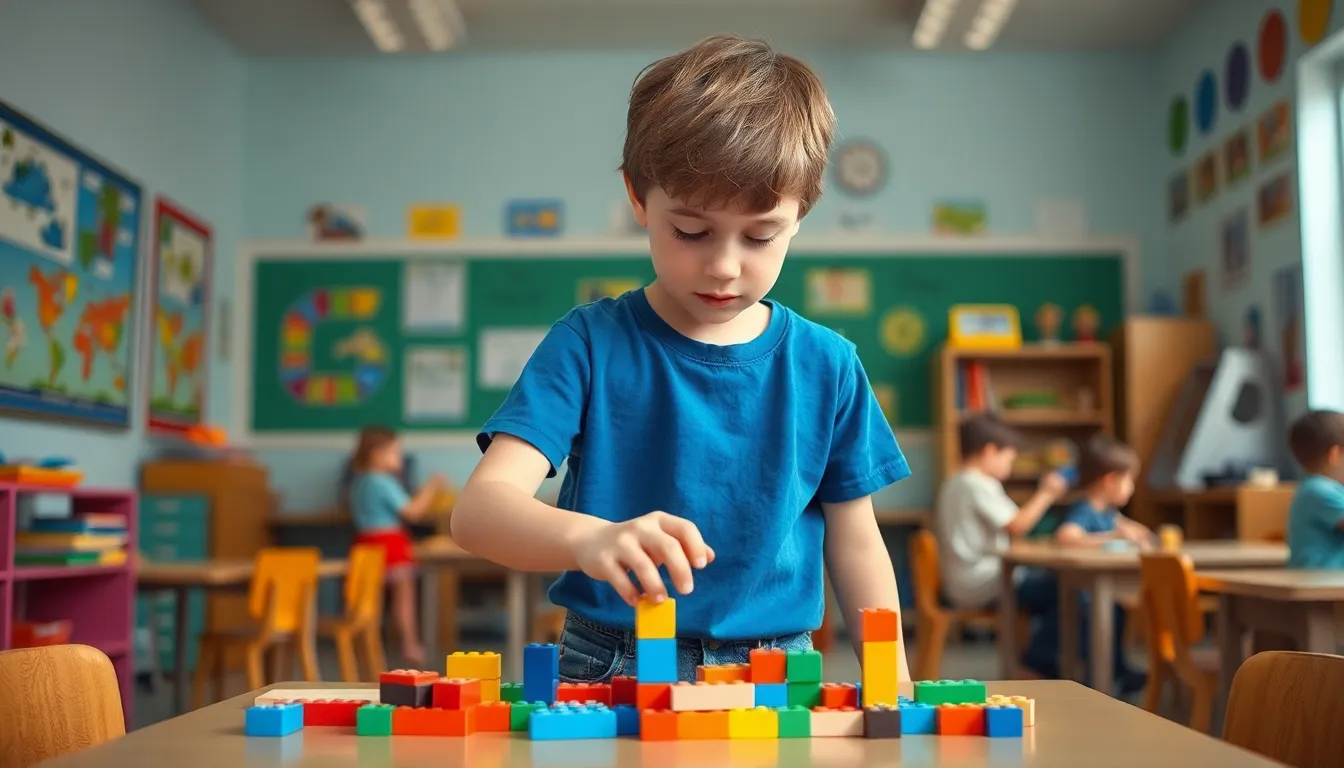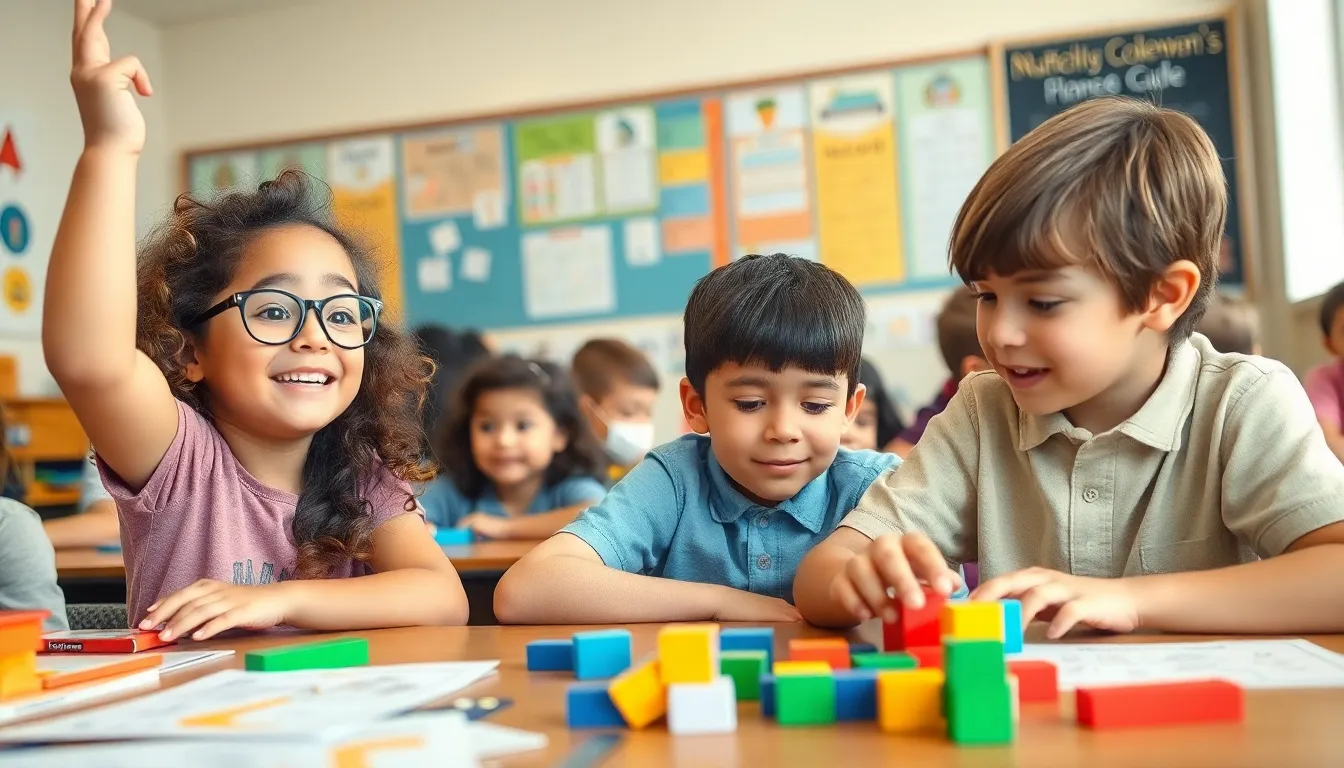Navigating the choppy waters of teenage conflict can feel like trying to herd cats—chaotic and often messy. Whether it’s a disagreement over a group project or a clash of opinions on social media, conflicts are as inevitable as awkward school dances. But fear not! Conflict resolution doesn’t have to be a dreaded chore; it can be an opportunity for growth and understanding.
Imagine turning those fiery arguments into teachable moments. With the right tools and a sprinkle of humor, teens can learn to tackle their disputes like pros. This guide dives into effective strategies for resolving conflicts, helping teens transform tension into teamwork. Get ready to swap shouting matches for productive conversations and watch as friendships flourish even in the face of disagreement.
Table of Contents
ToggleUnderstanding Teen Conflict Resolution
Navigating conflicts during the teenage years involves essential skills that contribute to personal development. Understanding resolution strategies promotes emotional intelligence and strengthens relationships.
Importance of Conflict Resolution Skills
Effective conflict resolution skills empower teenagers to communicate their feelings and opinions. Improved communication leads to better understanding among peers. Teens gain confidence in addressing issues, reducing the likelihood of escalation. Mastering these skills prepares them for future interpersonal challenges, whether in relationships or professional settings. Developing empathy during discussions fosters respect, which can enhance group dynamics. Constructive conflict resolution can transform disagreements into opportunities for growth, helping teens learn valuable lessons about collaboration and compromise.
Common Sources of Conflict Among Teens
Several common sources of conflict exist within the teenage demographic. Miscommunication often results in misunderstandings among friends. Competition for academic or social recognition can lead to jealousy. Social media interactions frequently complicate relationships, sometimes resulting in online disputes. Differences in values or beliefs may cause friction within peer groups. Peer pressure can ignite conflicts as teens navigate the expectations of others. Overall, recognizing these sources allows teens to tackle conflicts more proactively, addressing underlying issues effectively.
Strategies for Effective Conflict Resolution

Teens can apply various strategies to resolve conflicts effectively. These strategies promote understanding and collaboration while fostering personal growth.
Communication Techniques
Clear communication forms the backbone of conflict resolution. Using “I” statements helps teens express feelings without placing blame. Phrases like “I feel” encourage openness rather than defensiveness. Maintaining a calm tone during discussions promotes a positive atmosphere. Avoiding accusatory language allows for productive dialogue. It’s essential to stay focused on the issue rather than bringing up past grievances. Practicing empathy extends understanding and validation to the other person’s perspective. Encouragement of honest discussions builds trust and reduces misunderstandings.
Active Listening Skills
Active listening cultivates a respectful environment. When a teen listens without interrupting, it shows care and appreciation for the other person’s thoughts. Summarizing what the other person says demonstrates understanding and ensures clarity. Asking clarify questions can prevent assumptions and reduce potential conflicts. Providing verbal affirmations, such as “I see” or “I understand,” encourages the speaker to express more. Nonverbal cues, like eye contact and nodding, enhance engagement. Practicing patience during discussions allows emotions to settle, leading to more thoughtful responses.
Role of Parents and Educators
Parents and educators play a vital role in helping teens navigate conflicts effectively. Their guidance can transform conflict into an opportunity for growth.
Supporting Teens in Conflict Situations
Support from parents and educators helps teens manage conflicts constructively. Open discussions about feelings allow teens to express themselves without fear of judgment. Parents can validate their teens’ emotions, creating a safe space for dialogue. Educators can encourage peer mediation, which fosters understanding among classmates. Providing strategies for de-escalation also proves beneficial. When adults model positive conflict resolution behaviors, teens often mirror those practices. Empowering teens with reassurance gives them confidence to address disputes independently.
Teaching Conflict Resolution Strategies
Teaching essential conflict resolution strategies equips teens with tools for life. Parents can introduce “I” statements to facilitate open communication. These statements help express emotions without placing blame. Role-playing various scenarios allows teenagers to practice these skills in a safe environment. Encouraging active listening reinforces respectful communication. Educators can incorporate activities that highlight collaboration and teamwork, further supporting conflict resolution. Assisting teens in developing empathy fosters understanding and patience. When teens learn these strategies, they cultivate healthier relationships and improved emotional intelligence.
The Impact of Peer Mediation Programs
Peer mediation programs significantly enhance conflict resolution among teenagers. These initiatives empower students to address disputes collaboratively while developing essential life skills.
Benefits of Peer Mediation
Peer mediation offers numerous advantages for teens. Improved communication skills develop as students learn to articulate their feelings clearly. Conflict resolution skills strengthen, leading to better handling of future disputes. Relationships benefit from peer mediation as trust and understanding grow among students. Ultimately, participants experience increased confidence, improved emotional regulation, and greater empathy. Schools that implement these programs often see reduced disciplinary incidents, fostering a more positive learning environment.
Implementing Peer Mediation in Schools
Implementing peer mediation in schools requires careful planning. Schools start by training student mediators, equipping them with the skills to facilitate discussions. Faculty and staff involvement is crucial because their support legitimizes the program. Establishing clear guidelines helps maintain a safe and respectful atmosphere for mediation sessions. Schools can promote awareness through workshops, encouraging participation among students. Regular evaluations of the program help identify successes and areas for improvement. This structured approach ensures effective peer mediation becomes a valuable tool for resolving conflicts within the student body.
Navigating conflict is an essential part of teenage life. By embracing conflict resolution as a growth opportunity, teens can build stronger relationships and enhance their emotional intelligence. The skills learned through effective communication and active listening not only resolve disputes but also promote understanding and collaboration.
With the support of parents and educators, teens can transform conflicts into constructive experiences. Peer mediation programs further empower students to address issues collaboratively, fostering a positive school environment. As teens practice these strategies, they prepare themselves for future challenges, equipped with lifelong tools that enhance their interpersonal skills and emotional resilience.



